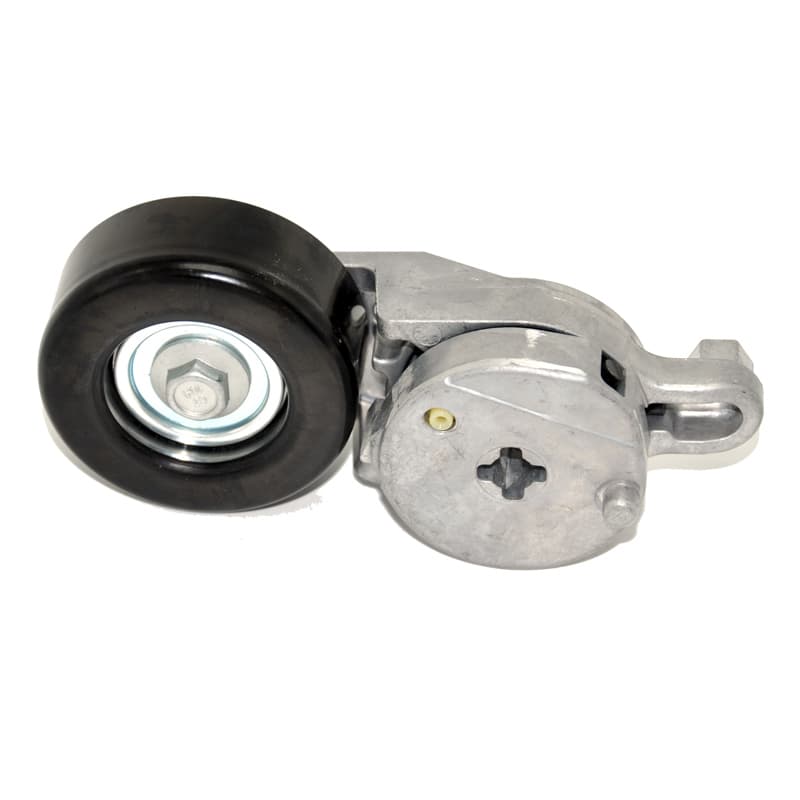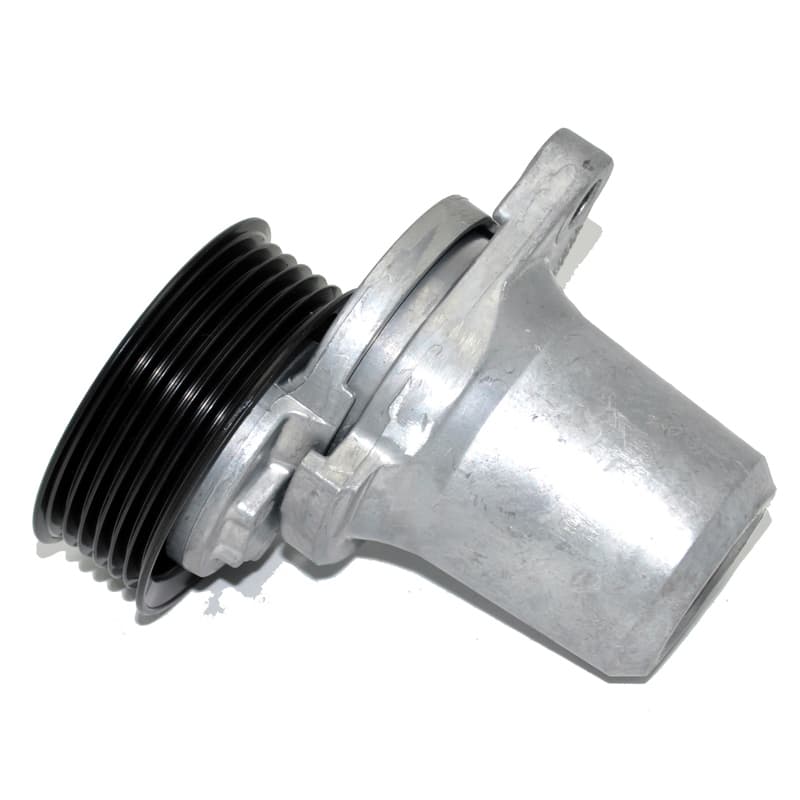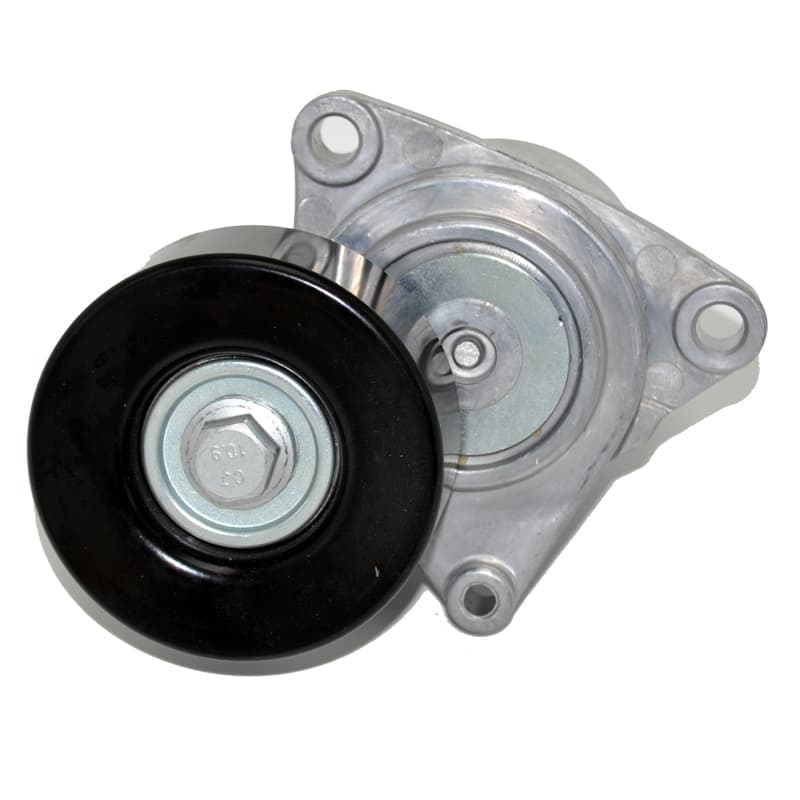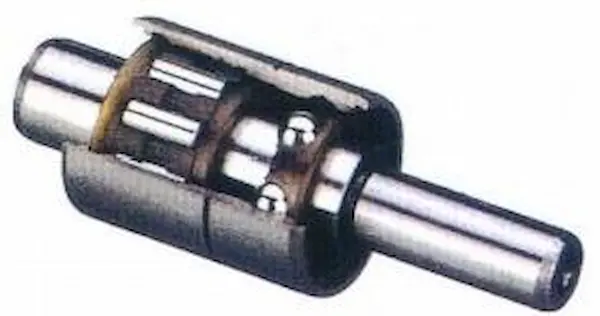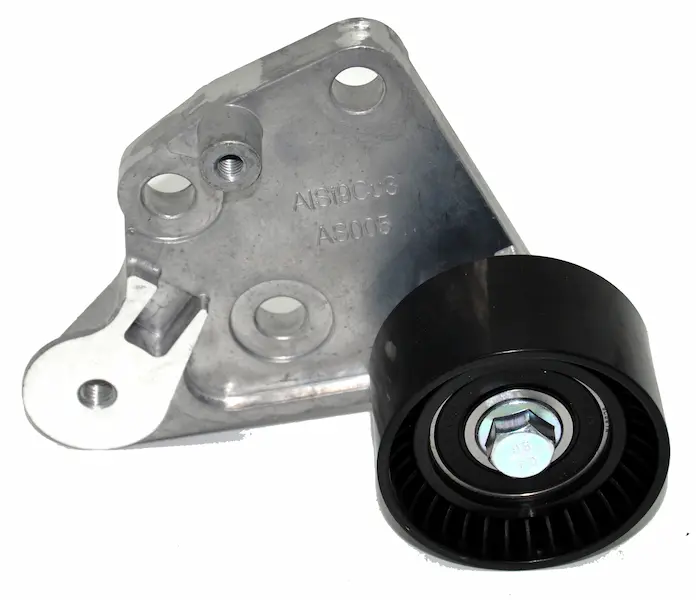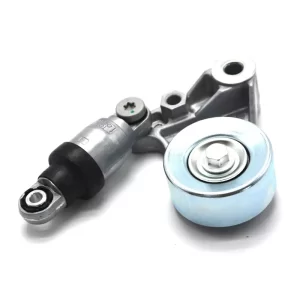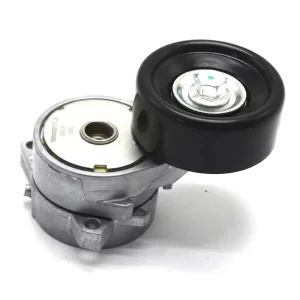Обтегачите в автомобилите са критични компоненти, които играят важна роля за поддържането на надеждността, ефективността и дълготрайността на системата за задвижване на двигателя.
Те гарантират, че ремъците или веригите остават правилно опънати, като допринасят за безпроблемната и ефективна работа на аксесоарите и компонентите на двигателя и предотвратяват евентуални повреди от провисване или приплъзване.
Ролките на празен ход в автомобилите са основни компоненти, които помагат за насочване и поддържане на напрежението на задвижващите ремъци, като осигуряват безпроблемна и ефективна работа на принадлежностите на двигателя.
Поддръжката на обтегачите и ролките в автомобилите е от съществено значение за осигуряване на безпроблемното функциониране на ремъчната задвижваща система, което от своя страна влияе върху работата на различни компоненти на двигателя.
Като осигуряват стабилна платформа за движение на ремъка и поддържат правилното му натягане, ролките на празен ход допринасят за цялостната надеждност и работа на двигателя и допълнителните системи на автомобила.
В контекста на автомобилите обтегач се отнася конкретно за компонент в задвижващата система, който поддържа правилното напрежение на ремъците или веригите.
Основната му функция е да гарантира, че тези ремъци или вериги остават затегнати и правилно подравнени около различни ролки и компоненти, като например алтернатора, компресора на климатика, водната помпа, помпата на сервоуправлението, а понякога и ремъците или веригите за синхронизация.
Натегачите предотвратяват хлабините в ремъците или веригите, което е от решаващо значение за ефективната работа и дълготрайността на принадлежностите на двигателя. Те помагат за предотвратяване на приплъзване, което може да доведе до намаляване на производителността или дори до повреда на двигателя.
Обикновено се състоят от пружинно натоварено рамо или ремъчна шайба, които осигуряват постоянно напрежение на ремъка или веригата. Това гарантира, че ремъкът остава с правилно напрежение, тъй като се износва с течение на времето.
Ролките на празен ход се използват за насочване и поддържане на напрежението на серпентините или задвижващите ремъци в двигателния отсек.
Обикновено те са разположени по такъв начин, че помагат за промяна на посоката на движение на ремъка и поддържат правилното му опъване, като гарантират, че ремъкът няма да се изплъзне или откачи при различни условия на работа на двигателя.
Обикновено те са с проста конструкция, състояща се от неподвижна скоба с гладко или жлебовидно колело (ролка), монтирано на лагер. Колелото на ремъчната шайба се върти свободно върху лагера, което позволява на ремъка да се движи плавно около него, като поддържа напрежението.
Ролките често се намират на местата, където ремъкът променя посоката си или където трябва да се приложи допълнително напрежение, за да се поддържат правилното подравняване и опъване.
Развойни процеси за високопрецизни обтегачи
- Първоначална концепция и дизайн:
- Анализ на изискванията: Събиране на информация за нуждите на клиентите и условията на работа.
- Разработване на концепция: Създаване на първоначални проекти с помощта на CAD софтуер.
- Проучване за осъществимост: Преценка на практичността, разходите и производствените възможности.
- Подробно проектиране и симулация:
- Изискан дизайн: Разработване на подробни проекти с точни размери.
- Симулация: Използвайте FEA за тестване на напрежението и производителността.
- Кинематичен анализ: Осигуряване на плавно движение и взаимодействие на частите.
- Избор и изпитване на материали:
- Избор на материал: Изберете високоустойчиви и издръжливи материали.
- Създаване на прототип: Изработване на прототипи с помощта на бързи методи за създаване на прототипи.
- Изпитване на материалите: Изпитване за якост, устойчивост на умора и дълготрайност.
- Разработване на производствени процеси:
- Планиране на процеса: Планиране на производствените етапи и контрол на качеството.
- Проектиране на инструменти: Създавайте прецизни инструменти и матрици.
- Пилотно производство: Тестване на производствения процес с пилотни серии.
- Контрол и осигуряване на качеството:
- Инспекция: Създайте строги протоколи за проверка.
- Контрол на процеса: Използване на статистически техники за поддържане на качеството.
- Безразрушително изпитване: Проверете за вътрешни дефекти без повреди.
- Тестване и валидиране на производителността:
- Функционално тестване: Тествайте в реални условия.
- Изпитване на вибрации и шум: Уверете се, че няма необичайни вибрации или шумове.
- Анализ на отказите: Идентифициране и отстраняване на проблеми в несъответстващи компоненти.
- Окончателно производство и пускане на пазара:
- Пълномащабно производство: Преминаване към широкомащабно производство с контрол на качеството.
- Опаковане и доставка: Осигурете безопасна и етикетирана опаковка.
- Отзиви на клиентите: Събиране и анализиране на обратна връзка за подобрения.
- Непрекъснато подобрение:
- НИРД: Непрекъснато въвеждайте иновации и подобрявайте дизайна.
- Обучение: Поддържайте персонала в течение на най-новите технологии.
- Поддръжка на клиенти: Осигуряване на надеждна поддръжка и бързо решаване на проблеми.
Следвайки тези процеси на разработване, високопрецизните обтегачи се изработват така, че да отговарят на строги стандарти, като осигуряват надеждна работа и дълготрайност в съответните приложения.
Свържете се с нас, ако имате някакви въпроси или изисквания.

